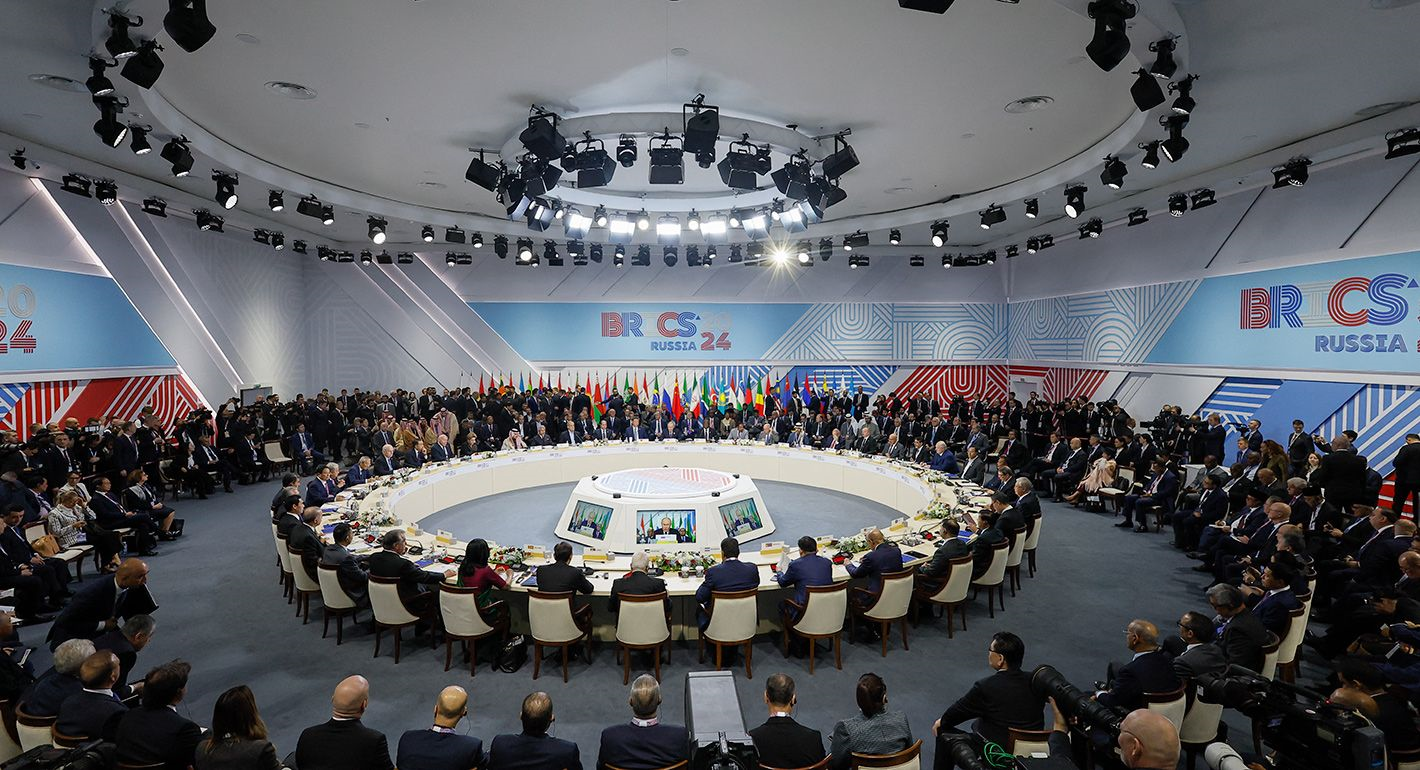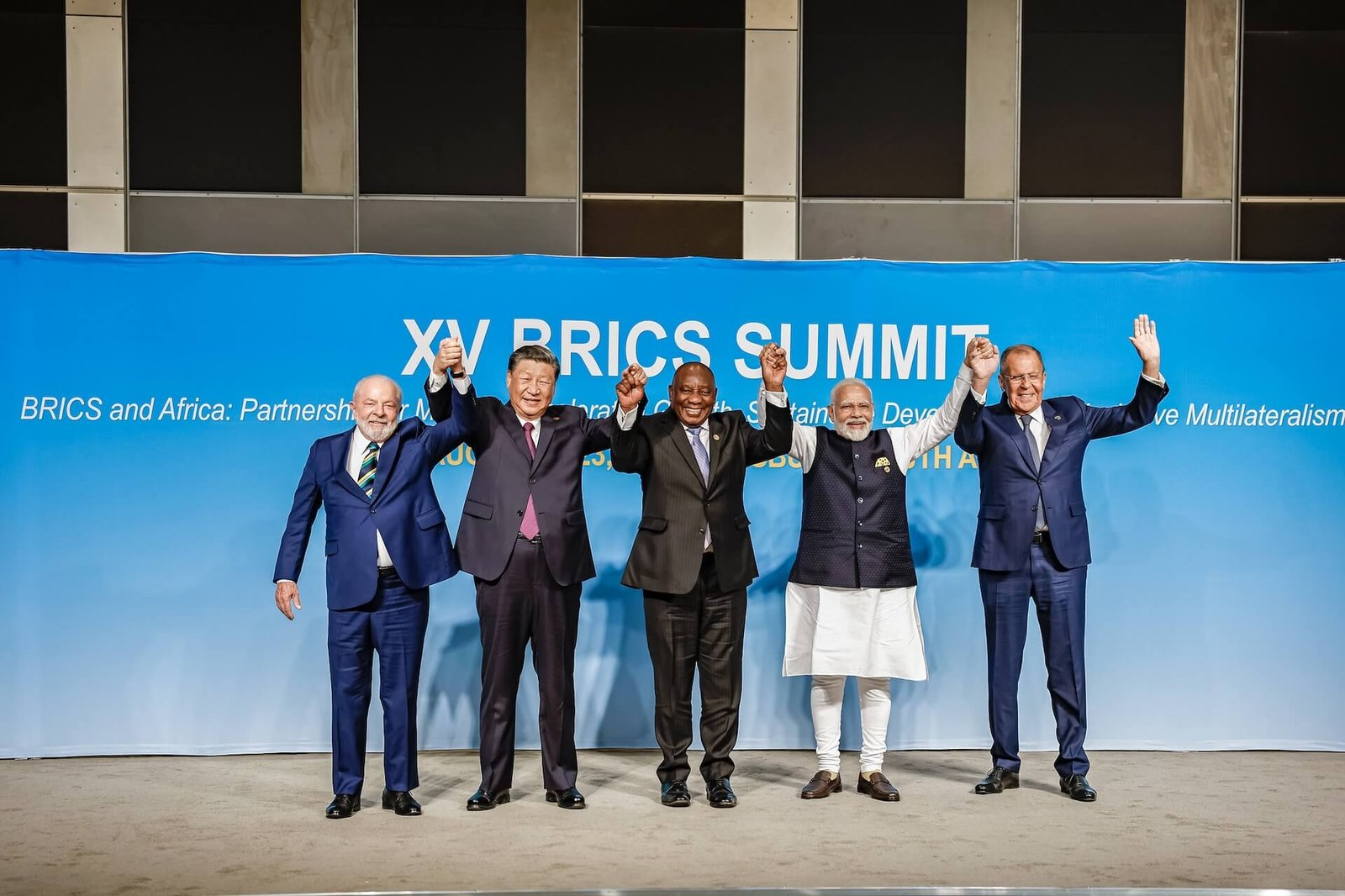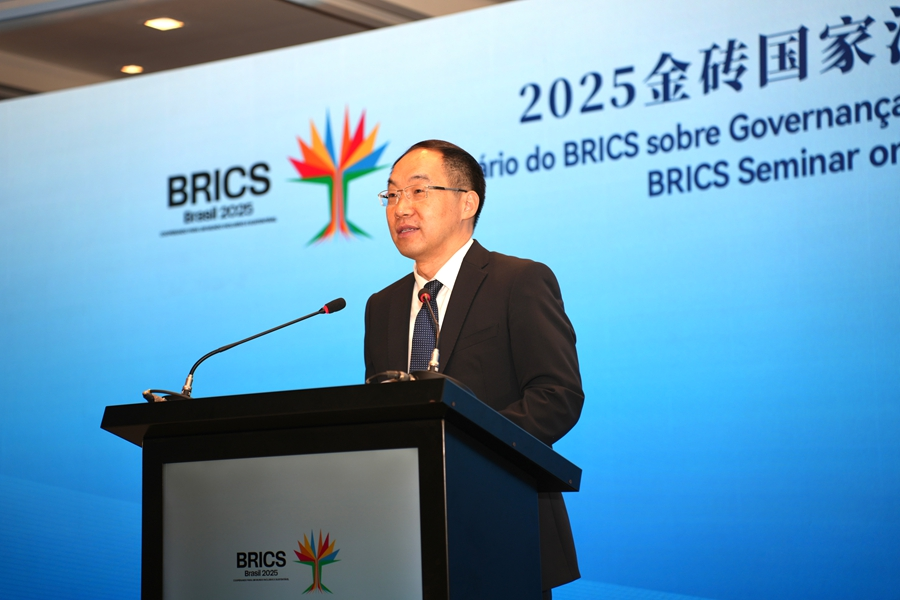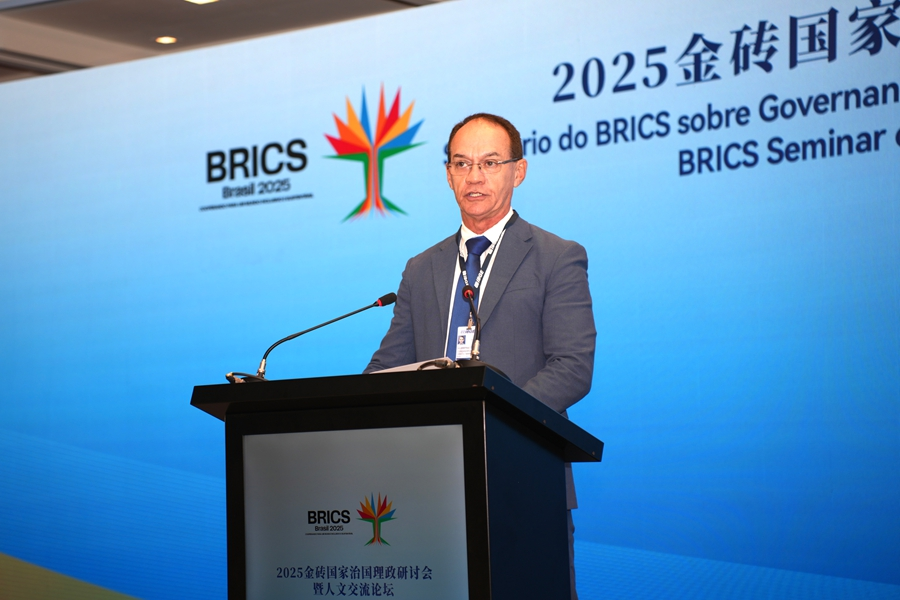BRICS Plus
BRICS Plus
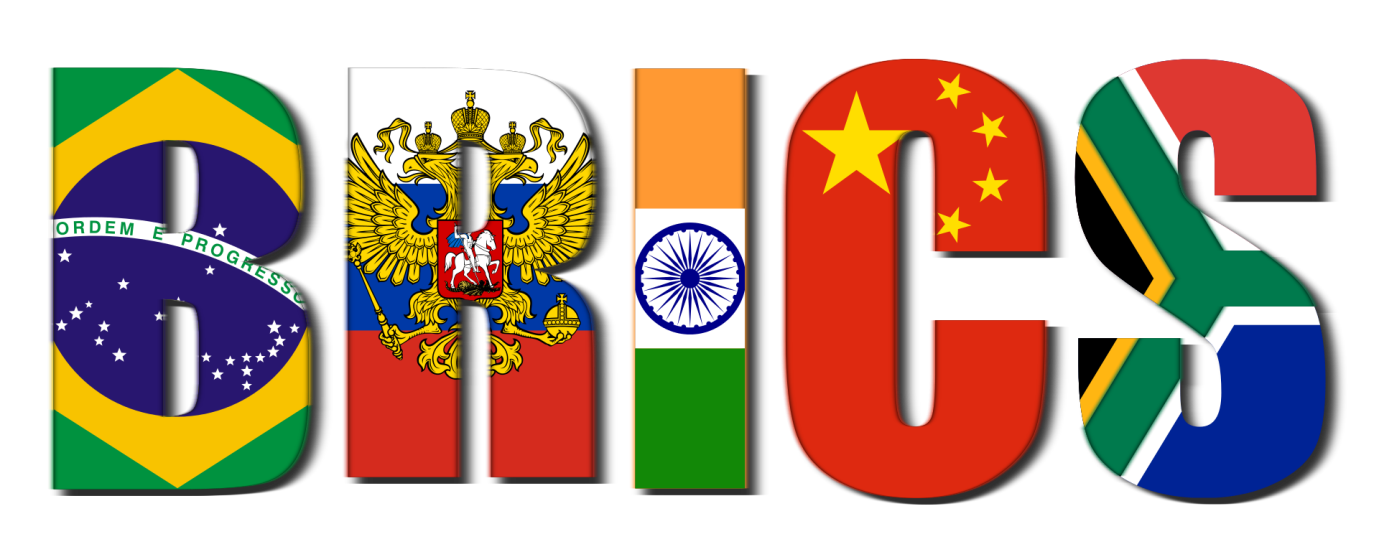
Frequently Asked Questions (FAQs)
- What is BRICS?
- Why is the BRICS group expanding?
‘‘The upcoming 17th BRICS Summit in Rio de Janeiro, Brazil, will, for the first time, host an expanded grouping of 11 members and 10 partner countries, marking a significant milestone in BRICS history. Originally composed of four members – Brazil, Russia, India and China in 2006 – with South Africa joining in 2011, BRICS, from 2024 to 2025, admitted six new members – Ethiopia, Egypt, Iran, Indonesia, Saudi Arabia and the United Arab Emirates – becoming BRICS+.
Additionally, the BRICS leaders approved the establishment of a BRICS partner country category during the Kazan Summit in Russia in 2024. At present, there are 10 BRICS partner countries: Bolivia, Belarus, Cuba, Kazakhstan, Malaysia, Nigeria, Thailand, Uganda, Uzbekistan and Vietnam. Newcomers Indonesia and Vietnam's accession marks the group's first expansion into Southeast Asia.
At present, the 11 member countries represent more than 40 percent of the world's population, 40 percent of global oil production and exports, and 40 percent of global trade. For the participating countries, BRICS expansion means a vaster market, additional resources, including energy, and huge potential for investment, as the group seeks to deepen cooperation among Global South countries, contribute to a more equitable global economic landscape, and expand its influence in international governance.
BRICS' expansion not only highlights its strengthened representation and burgeoning global appeal but also signals that a structural shift in the global economic dynamics is quietly underway. For example, in the area of international trade, a powerful driver of economic development and poverty reduction, cooperation between BRICS members and other developing countries has significantly advanced South-South trade.
Despite the absence of formal trade agreements, BRICS has expanded intra-group trade and reduced dependence on traditional markets, enabling member countries to tap into each other's sizable market. According to a February 2025 policy brief by the United Nations Industrial Development Organization, from 2002 to 2021, the total global trade of all BRICS countries grew more than sevenfold, crossing $4 trillion from $572 billion.
In recent years, intra-BRICS trade has been notably faster compared to non-BRICS countries collectively, suggesting the group has made significant progress towards forming its own network of complementary supply chains and diversifying its trading relationships.
For non-BRICS developing countries, the rapid intra-group trade between BRICS members, underpinned by its network of supply chains, presents an attractive alternative cooperation to advance the global value chain and create new growth opportunities to support development.’’ – Excerpt from the Ghana Centre for China Studies (GCCS) publication titled ‘‘From BRICS to BRICS+: Implications for the Global South,’’ published in a joint collaboration with the China Global Television Network (CGTN).
OUR IMPACT
- CHINA
-
- China’s Diplomacy in the New Era website, the official website of the Chinese President Xi Jinping republished GCCS publication
- THAILAND
-
- Manager Daily, Thailand’s second best-selling newspaper republished GCCS publication
- IRAN
-
- Iran’s leading newspaper Tehran Times republished GCCS publication
OUR PUBLICATIONS
